 China's consumer inflation grew mildly in March, as stable prices reinforced the view that the world's second largest economy is firming up.
China's consumer inflation grew mildly in March, as stable prices reinforced the view that the world's second largest economy is firming up.
The Consumer Price Index (CPI), a main gauge of inflation, grew 0.9 percent year on year in March, the National Bureau of Statistics (NBS) announced Wednesday.
The growth rate, almost on par with market expectations, quickened from an increase of 0.8 percent in February. On a monthly basis, the CPI declined 0.3 percent.
The NBS attributed the lower CPI reading to sharply lowering food prices, which fell 1.9 percent in March.
Vegetable prices dropped the most, by 7.9 percent from February. Food prices continued to drop substantially in March after price distortions created by the festival season faded.
Food prices surged 27 percent in January when the festival shopping spree drove up prices.
Non-food costs edged up 0.1 percent from a month earlier and jumped 2.3 percent year on year.
The costs of garments, healthcare, housing and education, entertainment and transport rose remarkably. Excluding volatile food and energy prices, the core CPI increased 2 percent in March from a year ago, almost on par with the last reading.
China's producer price index, which measures costs of goods at the factory gate, rose 7.6 percent year on year in March. The pace slightly eased from the 7.8 percent registered in February.
The producer price inflation cooled after five months of fast increases as iron ore and coal prices eased on fears of a production glut.
China's economy has showed signs of firming, reinforced by an expanding manufacturing sector, rising corporate profits, increased rail freight volume, and higher machinery sales.
China lowered its 2017 growth target to around 6.5 percent, the lowest target in a quarter of a century, as the government leaves leeway for economic rebalancing.
Goldman Sachs forecast in its report that the Chinese economy was likely to remain solid in the first quarter, growing 6.8 percent from a year earlier.
















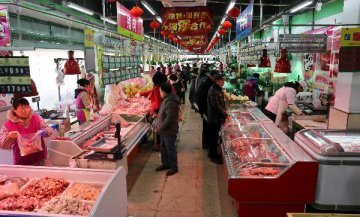

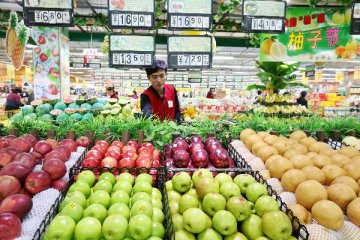
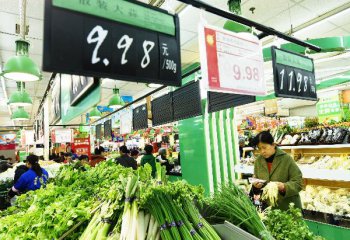
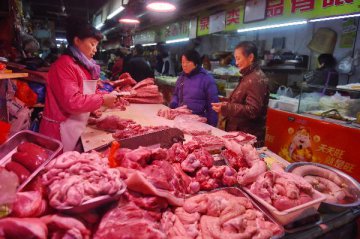


Latest comments